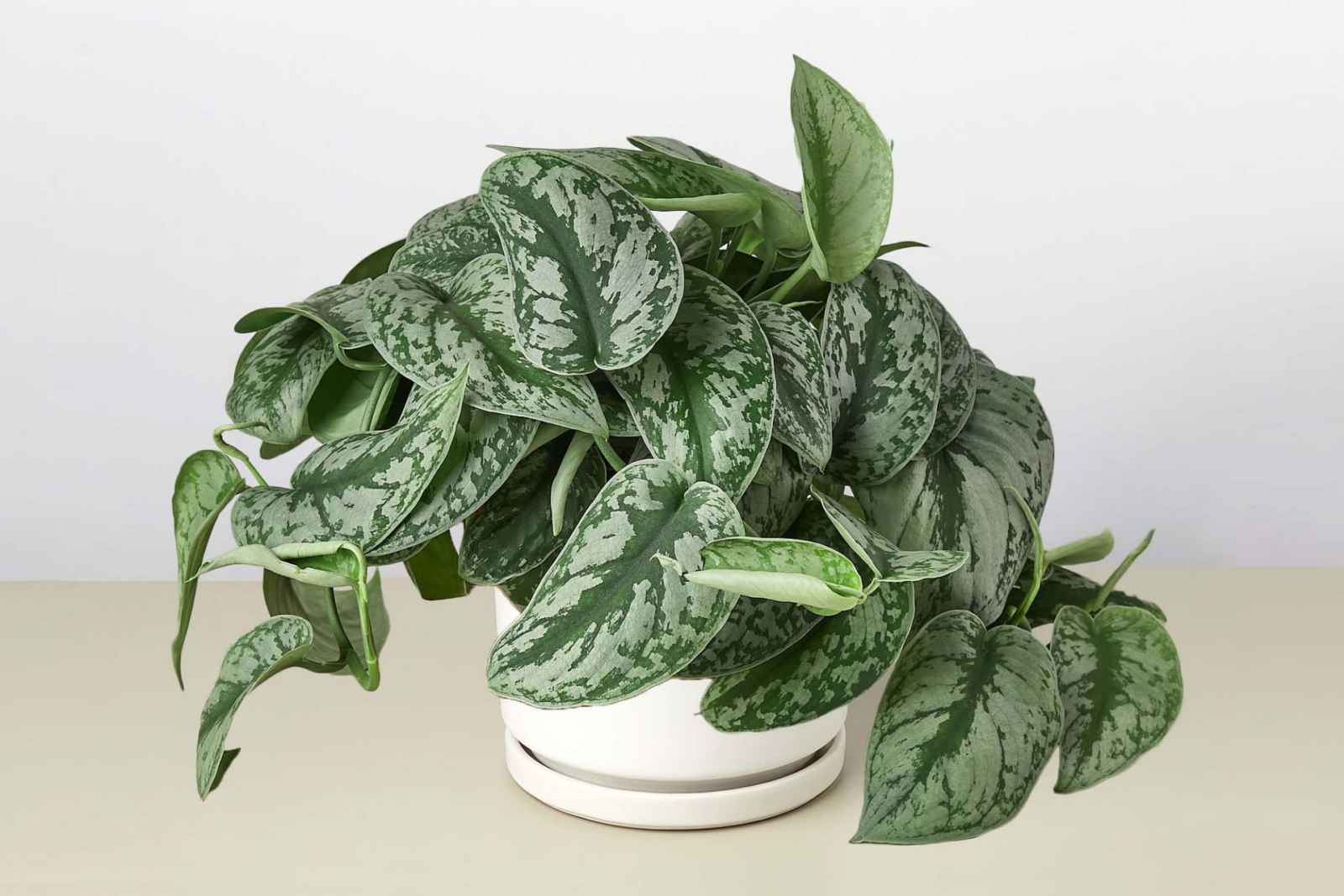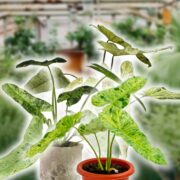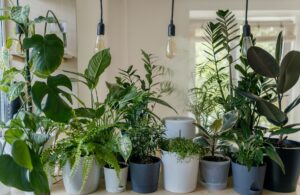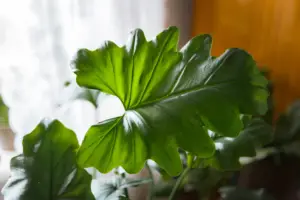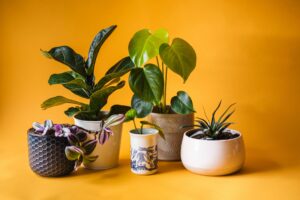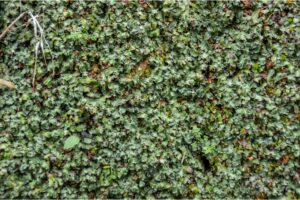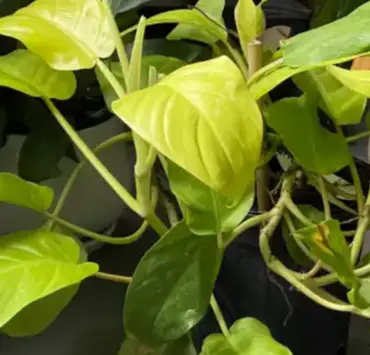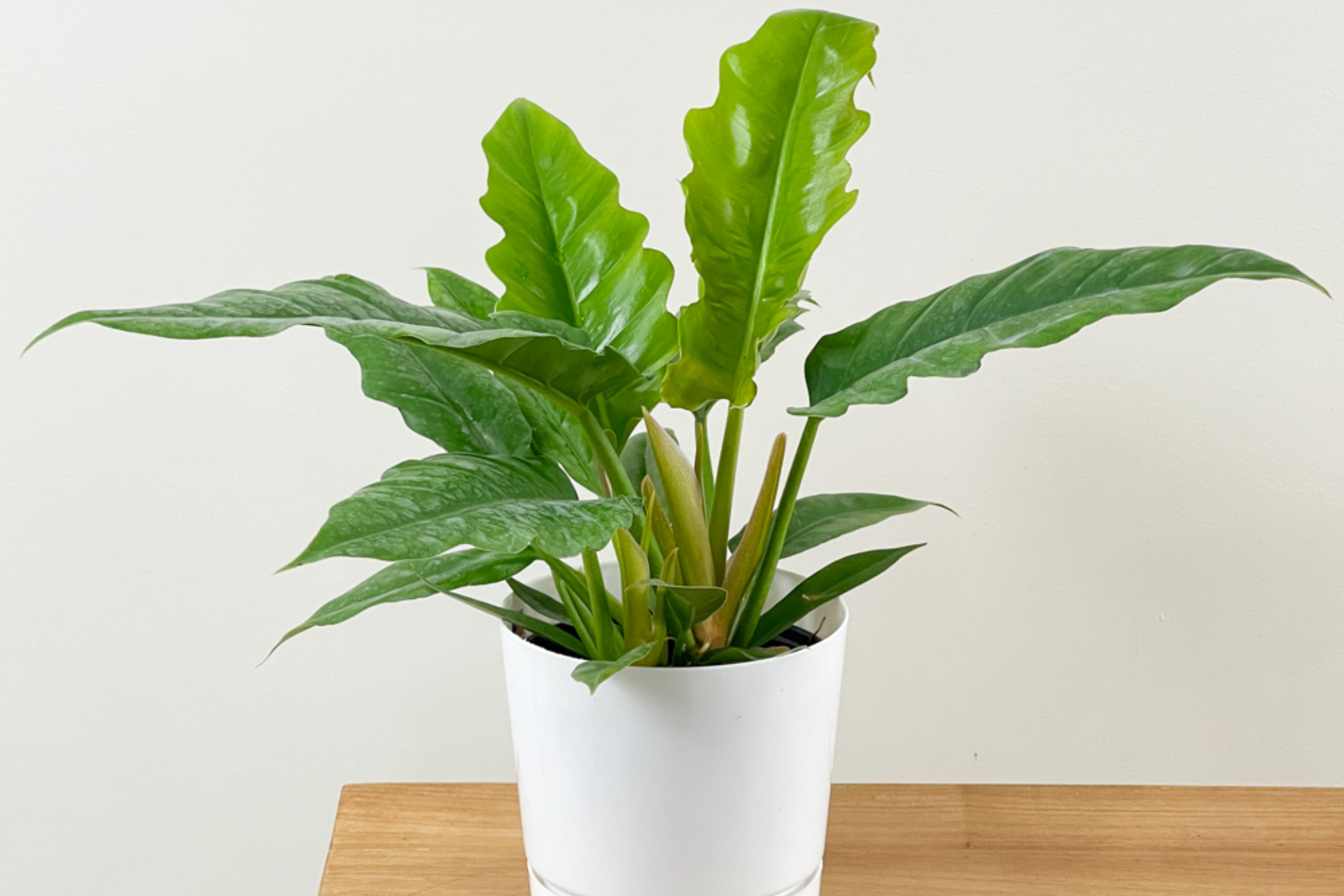Philodendron Brandtianum, commonly known as Brandi or Silver Leaf Philodendron, is a captivating tropical plant native to the rainforests of South America. With its striking foliage and relatively low maintenance requirements, it has become a favorite among houseplant enthusiasts. This article will explore the features of Philodendron Brandtianum, its care requirements, and tips for keeping your plant healthy and thriving.
A Closer Look at Philodendron Brandtianum
Philodendron Brandtianum is an epiphytic plant, meaning it naturally grows on other plants or trees in its native habitat. It is a member of the Araceae family, which includes many other popular houseplants, such as Monstera and Pothos. The plant’s leaves are heart-shaped and exhibit an extraordinary silver-grey hue with dark green veins, giving it a unique and eye-catching appearance. The leaves typically grow to be 4-6 inches in length, while the plant itself can reach up to 3-4 feet in height when properly cared for.
Light Requirements
To keep your Philodendron Brandtianum healthy and thriving, it is crucial to provide the right amount of light. This plant prefers bright, indirect light, which mimics the dappled sunlight it receives on the rainforest floor. Too much direct sunlight can scorch the leaves, while too little light can lead to slow growth and dull, less vibrant foliage. A north or east-facing window is an ideal location, but if your space has limited light, you can supplement with artificial grow lights.
Watering and Humidity
Philodendron Brandtianum prefers evenly moist soil but is sensitive to over-watering. To avoid root rot, allow the top inch of the soil to dry out between waterings. This plant thrives in a humid environment, so maintaining a humidity level of 60-80% is ideal. You can achieve this by placing a humidifier nearby, misting the leaves, or placing your plant on a tray of water with pebbles to increase the surrounding humidity.
Soil and Potting
The ideal potting mix for Philodendron Brandtianum is a well-draining, high-quality mix rich in organic matter. A mix of peat moss, perlite, and orchid bark or coco coir can create the perfect balance of aeration and moisture retention. When selecting a pot, choose one with drainage holes to prevent waterlogged soil, and consider using a porous material like terracotta to allow excess moisture to escape.
Fertilizing and Growth
To encourage healthy growth and vibrant foliage, fertilize your Philodendron Brandtianum every 4-6 weeks during the growing season (spring and summer) with a balanced, water-soluble houseplant fertilizer. Reduce fertilizing to once every two months during the cooler months, as the plant’s growth will slow down. As an epiphytic plant, Philodendron Brandtianum appreciates a climbing support, such as a moss pole or trellis, to encourage vertical growth and larger leaves.
Pruning and Propagation
Regular pruning is necessary to maintain your Philodendron Brandtianum’s shape and size. Prune leggy stems and dead or yellowing leaves to promote bushier growth. Propagation can be achieved through stem cuttings, which can be rooted in water or directly in the soil. Choose a healthy stem with a few leaves and an aerial root, and ensure your cutting tool is clean and sharp to minimize damage to the plant.
Common Pests and Diseases
Philodendron Brandtianum can be susceptible to common houseplant pests, such as spider mites, mealybugs, aphids, and scale insects. To prevent infestations, regularly inspect your plant for signs of pests, and maintain proper watering and humidity levels. If you discover pests, treat your plant with insecticidal soap, neem oil, or horticultural oil. Over-watering can lead to root rot, so ensure your plant’s soil is well-draining and avoid letting it sit in standing water.
Troubleshooting Common Issues
-
Yellowing leaves:
This can be a sign of over-watering or insufficient light. Check the soil moisture and adjust your watering schedule accordingly, and make sure your plant is receiving enough indirect light.
-
Brown leaf tips or edges
This may indicate low humidity or underwatering. Increase the humidity around your plant and ensure you are watering it consistently.
-
Leggy growth
Insufficient light can cause your plant to become leggy as it reaches for more light. Move your plant to a brighter location or supplement with artificial lighting.
Benefits of Philodendron Brandtianum
Beyond its captivating appearance, Philodendron Brandtianum offers several benefits to its caretakers. The plant is known for its air-purifying capabilities, as it removes harmful indoor pollutants such as formaldehyde, benzene, and trichloroethylene. It also provides a sense of well-being and relaxation, as caring for plants has been shown to reduce stress levels and promote a positive atmosphere.
Varieties and Cultivars
While Philodendron Brandtianum is already a captivating species on its own, there are several closely related varieties and cultivars that may also pique your interest. These include:
-
Philodendron micans
This variety has velvety, heart-shaped leaves with a beautiful iridescent sheen, ranging from bronze to deep green.
-
Philodendron gloriosum
Recognized for its large, velvety green leaves with prominent white veins, this variety is a stunner in any plant collection.
-
Philodendron ‘Pink Princess’
A highly sought-after cultivar known for its dark green leaves with striking pink variegation.
Companion Plants
To create a visually appealing indoor garden, consider pairing your Philodendron Brandtianum with other attractive houseplants that have similar care requirements. Some suitable companion plants include:
-
Monstera deliciosa
A popular tropical plant with large, split leaves that complements the silver-grey foliage of Philodendron Brandtianum.
-
Maranta leuconeura (Prayer Plant)
With its striking leaf patterns and contrasting colors, this plant adds interest and variety to your indoor garden.
-
Epipremnum aureum (Pothos)
This easy-to-grow trailing plant offers a variety of cultivars with different leaf patterns and colors, making it a versatile companion to Philodendron Brandtianum.
Display Ideas
The unique foliage and climbing habit of Philodendron Brandtianum lend themselves well to a variety of display options. Here are some ideas to showcase your plant:
-
Hanging basket
Plant your Philodendron Brandtianum in a hanging basket, allowing the foliage to cascade downward for a visually stunning display.
-
Bookshelf or shelf
Place your plant on a bookshelf or shelf, providing it with a moss pole or trellis for support, and let it climb and sprawl along the surface.
-
Wall-mounted planter
Mount your Philodendron Brandtianum on a wall with a planter that includes a support structure, such as a grid or lattice, for an attractive vertical display.
A Plant with a History
The Philodendron genus has a rich history dating back to the 17th century when European explorers first encountered these remarkable plants in the tropical Americas. Since then, numerous species and hybrids have been discovered and cultivated, earning them a place in the hearts of plant enthusiasts worldwide. With its unique foliage and ease of care, Philodendron Brandtianum continues this legacy as a treasured houseplant for generations to come.
By following the comprehensive care guide outlined in this article, you can ensure that your Philodendron Brandtianum will thrive, showcasing its stunning silver-grey leaves and providing a captivating focal point in your indoor space. Embrace the world of Philodendron and enrich your home with the beauty and benefits of this remarkable plant.
